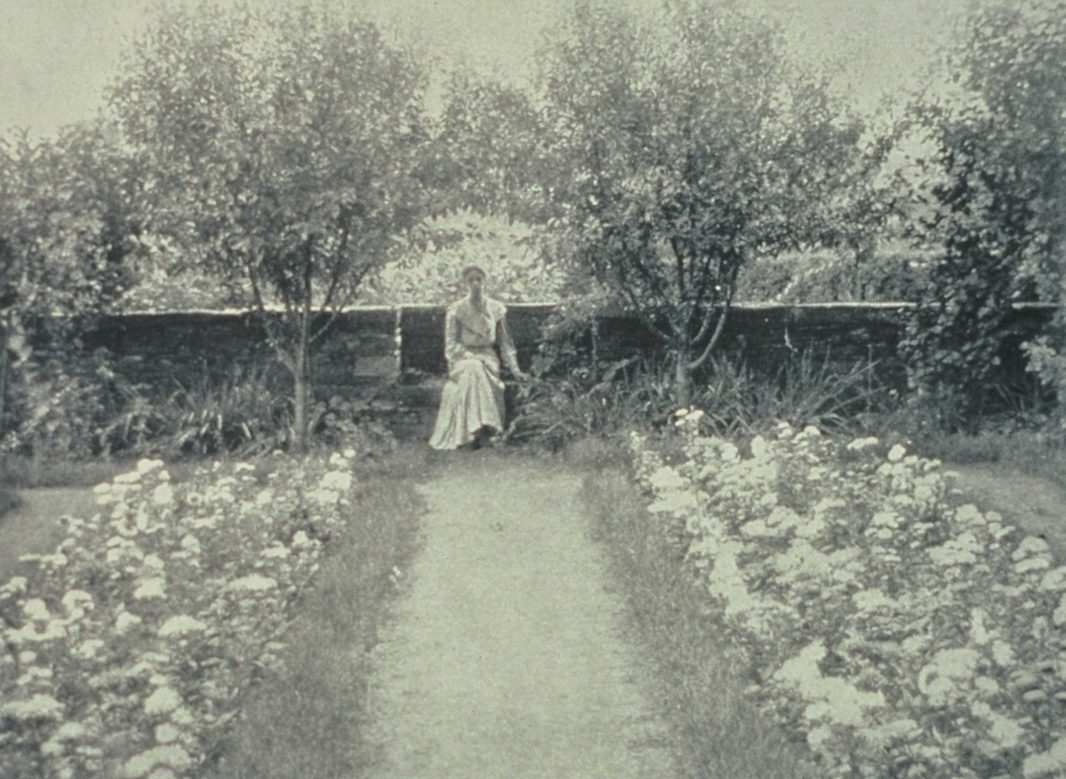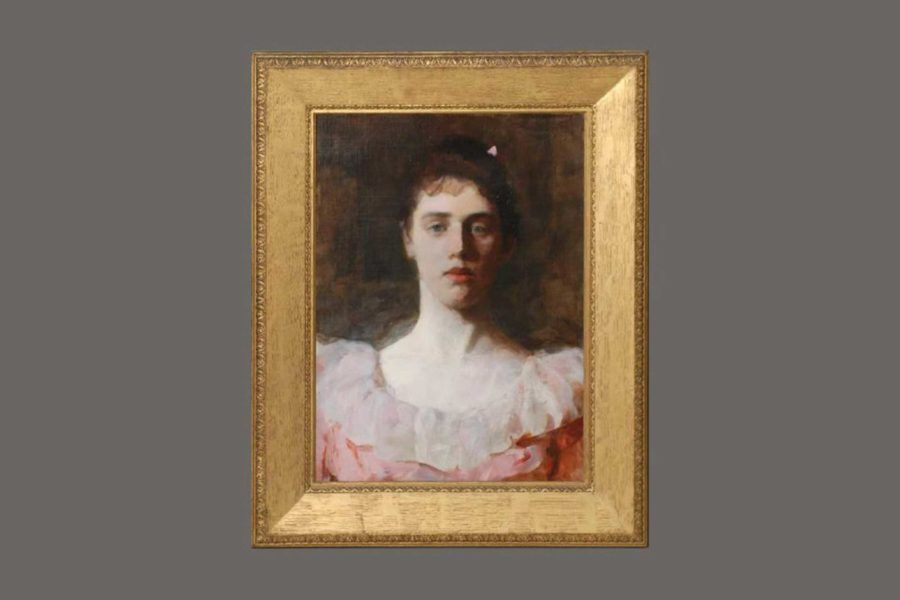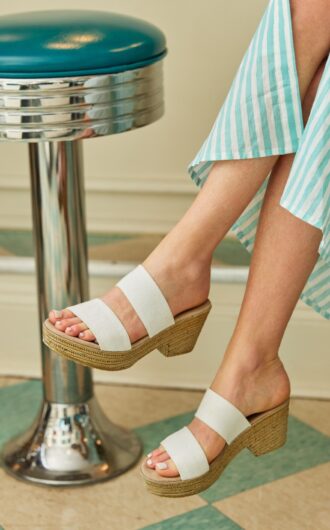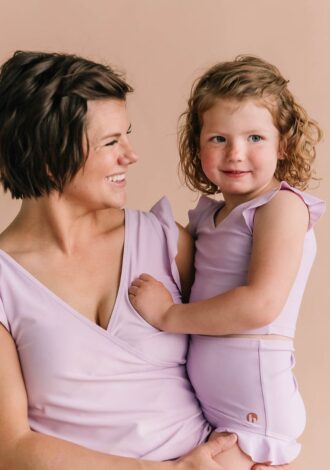New England is full of amazing women. They’re championing worker’s rights in the food industry, showcasing adventurous women in podcasts and building businesses of all kinds. But, these roads have been paved for us by the badass historical women who flaunted convention and fought for women’s liberties long before we did.
One of those trailblazing women is Rose Standish Nichols, one of the first female landscape designers in the U.S. and the inheritor of what is now the Nichols House Museum in Beacon Hill. Charles Bullfinch, the same architect who designed the State House and Faneuil Hall, designed her house, and it sits on land that once served as the cow pastures of famed painter John Singleton Copley. Not a bad legacy to grow up around.
Born in 1872, Rose was the youngest of three sisters and none of them were interested in convention. The eldest, Margaret, became a professional woodworker (unheard of for women at this time) and helped found the Massachusetts chapter of the ACLU. Marian, the middle sister, ran for public office here in Boston in 1920 and, despite her loss, stayed active in politics her whole life.
But, as the last Nichols to live in the house, Rose is the most present in the museum we can tour today. One of the first rooms on a Nichols House tour is Rose’s library, which features a portrait of her by female artist Polly Thayer, and four chairs that Rose carved, caned and embroidered herself. The three books she published on landscape design are also on display. It’s clear from this one room alone that Rose was a powerhouse.
Nichols became interested in landscape design early on. Fortunately, her uncle was famed sculptor Augustus Saint-Gaudens and the Nichols family frequently spent summers with him at the Cornish Art Colony in New Hampshire. It was there that Rose met the two painters who would make her portraits — both of them women.

Courtesy Nichols House Museum
Rose Standish Nichols in the gardens she designed at her parents’ home in Cornish.
“At the time, women were not invited to do this big public commission the way that men were, and, instead, they were siloed into designing private estates,” says Laura Cunningham, programs and collections coordinator at the Nichols House Museum. “As a result, a lot of their names have fallen out of public recognition.”
Determined to have the career of her dreams, Rose got special permission to take classes at MIT and Harvard, neither of which accepted women at the time. She was the only female student in her classes.
With that knowledge, Rose designed over 70 gardens that we know of, as far out as California. Most of her work was in the Lake Forest region of Chicago and here in New England. In addition to the house itself, which still stands as Rose left it, the Nichols House Museum has an exhibition on Rose’s garden work up through August 31.
Nichols was also a champion of social causes, fighting for women’s suffrage, and she was part of the controversial peace movement. She held meetings for both causes in the Nichols’ home parlor. Rose was also a founding member of the Boston chapter of the Women’s International League for Peace and Freedom, which still exists today protecting women and civil liberties.
It was Rose who decided to turn the Nichols family home into a museum. When SPINEA — today, we know the preservation organization as Historic New England — was unable to accept the home, Rose forged ahead and established her museum independently.
One thing’s for sure: there was no problem Rose Standish Nichols couldn’t tackle.



 3 min read
3 min read


